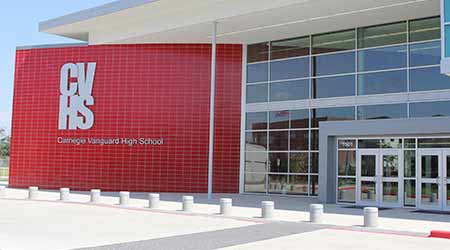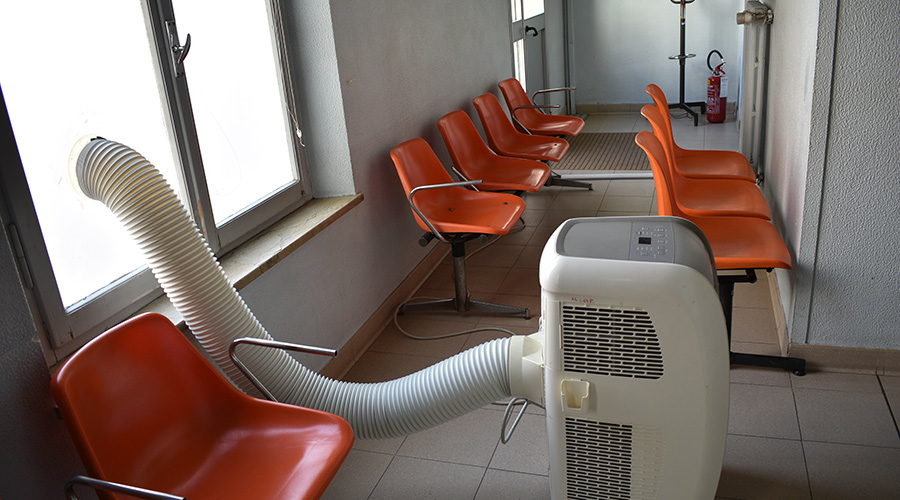Houston Schools Seek to Streamline HVAC Direct Digital Controls System
Part three of a 4-part article on the Houston Independent School District's HVAC program
In addition to the PM program, the district also is taking a closer look at building performance by streamlining its DDC program. The district currently works with about six different DDC systems and wants to reduce that to one or two.
“It’s totally inefficient,” Busby says. “Because each vendor has proprietary equipment and software, we’re constantly having to upgrade servers or get onto their servers. One or two vendors are cloud-based. It’s hard to maintain intellectual data, and it’s hard to plan maintenance from what’s provided when you don’t have the consistency of understanding what that data is.”
In 2015, the district implemented an energy master plan to identify the heaviest energy-consuming buildings in the district. The district contracted a statistician and engineer to identify and audit the worst-performing buildings among a cluster of 20 based on occupancy totals, square footage and total energy use. The data produced some startling results.
“One thing we noticed as a common theme was the control systems,” says Kellie Williams, senior manager of energy and sustainability. “Our two heaviest, worst-consuming buildings had the same DDC vendors and the same floor plan. We had a second DDC vendor where there was an error in the control program’s sequencing that allowed the buildings to send a false occupied signal during the night.”
The engineer’s audit of the 20 chosen buildings showed energy savings would amount to $2.2 million in a year. Motivated by the potential savings, the district approved funding for additional positions, including energy and sustainability managers, additional auditors and technicians who would perform the duties required to achieve the energy savings. Williams’ team achieved its goal within seven months.
“We had all this information but a very small budget and no staff to implement it,” Williams says. “When I created the work orders to put these measures in place, they weren’t getting done because our maintenance department was operating in emergency mode. Nothing was happening. So I asked for additional staff.”
One of the first buildings Williams targeted for an energy audit, the Farias Early Childhood Center, grabbed the attention of district leaders. The childhood center was one of the district’s smaller buildings at about 40,000 square feet, but audits revealed that building upgrades could produce savings of more than $80,000.
“That is a very small building, but I wanted (the district) to know that limited-use campuses can have a huge percent change,” Williams says. “We knew we’d see huge savings at the childhood center.”
The buildings selected for the audits revealed other important information to the maintenance and energy teams.
“We also noticed that these schools happened to be the least comfortable in the district,” Williams says. “Where there are mold issues, there are humidity problems. We’ve created a win-win on this. The staffs are happy that they’re finally getting the buildings looked at under more of a microscope than general maintenance can. They’re looking at it not just because they put a work order in but because we’re going to look at the entire system other than just components of it.”
After experiencing so many successes through the PM plan and the energy audits of 20 buildings, the district plans to continue audits through more buildings and find more opportunities for energy efficiency.
“We think every school district is pretty unique in how they operate and what their culture is,” Williams says. “But we’re fortunate to have (leadership) that will listen. Our CFO was very energy-minded and business-minded, so when we saw this, he jumped at the opportunity. We were able to prove we could do it with energy modeling and numbers.”
Related Topics:















